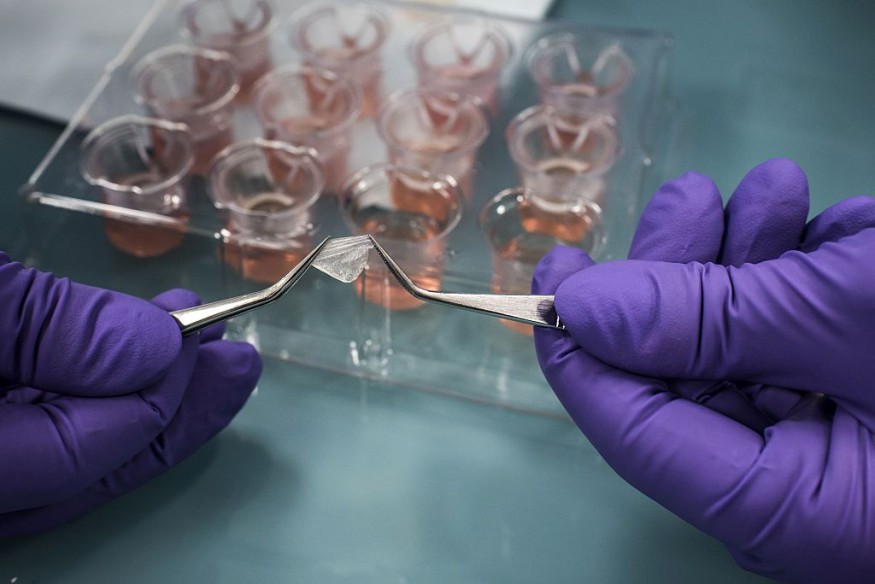Butterfly disease is one of the worst genetic conditions and skin disorders that one could think of due to its association with a "lifetime of pain" and having no cure in sight.
However, a new study revealed that a new gene therapy may help treat people with the ailment.
New Gene Therapy

Researchers from Stanford University in California, USA, developed the therapy, but this time, it contained a new gel that allowed wounds in the skin to heal and remained healed for several months as part of a clinical trial, according to the Stanford Medicine - News Center.
The trial enrolled nine people with the butterfly disease, and the researchers had to apply the gel containing a certain DNA on the wounded skin of the subjects.
As a result, the gene-therapy gel strengthened the skin and stopped the painful cycle of "wound opening" and "wound closing."
In one patient, the gel healed 70% of a large 10-year-old wound that covered almost the body.
In another subject, an open wound for five years finally closed after receiving two rounds of treatment, as per the Stanford Medicine - News Center.
Epidermolysis Bullosa
The clinical trial was published in the journal Nature Medicine on Monday, March 28, wherein it focused on exploring the biological mechanisms of the butterfly disease, also called recessive dystrophic epidermolysis bullosa.
According to the new study, epidermolysis bullosa is associated with the lifelong painful genetic condition genodermatosis, which causes the blistering, wounding, and scarring of the skin due to the abnormal mutation of genetic skin collagen.
This means the cells of people with the disorder lack the genetic instructions to create a protein called collagen VII.
Under normal skin, the collagen binds different layers of the skin together to prevent painful rubbing or friction from one another, as per Live Science.
The disease makes the skin soft and fragile.
Under this state, the skin is reportedly comparable to the wings of a butterfly that can be easily broken when touched with force.
For humans having the hereditary condition, external factors, including physical contact and temperature, wounds the skin.
As mentioned in the trial, some of the patients have wounds that lasted for several years.
This is due to the prohibition of blood clotting and wound healing; which are both normal biological processes to treat open wounds caused by laceration, blunt force, or other related factors.
Prior to the study, naked DNA skin transfer for disease correction was proven to be insufficient.
Related Cases
Gene mutations of the skin's collagen can occur regardless of age, race, and gender worldwide.
As a result, the manifestation of genodermatosis from the butterfly disease can start as early as infancy and could be evidently seen as the individual reaches adolescence and adulthood.
In the United States, around 11 people out of 1 million live births, or one in every 51,000 live births can have epidermolysis bullosa.
This has affected approximately around 30,000 individuals in the US, according to the National Epidermolysis Bullosa Registry, as cited by a separate study published in the Orphanet Journal of Rare Diseases in 2020.
Related Article: Knockout Mice are Guide to New Genes for Eye and Skin Disorders
© 2025 NatureWorldNews.com All rights reserved. Do not reproduce without permission.





